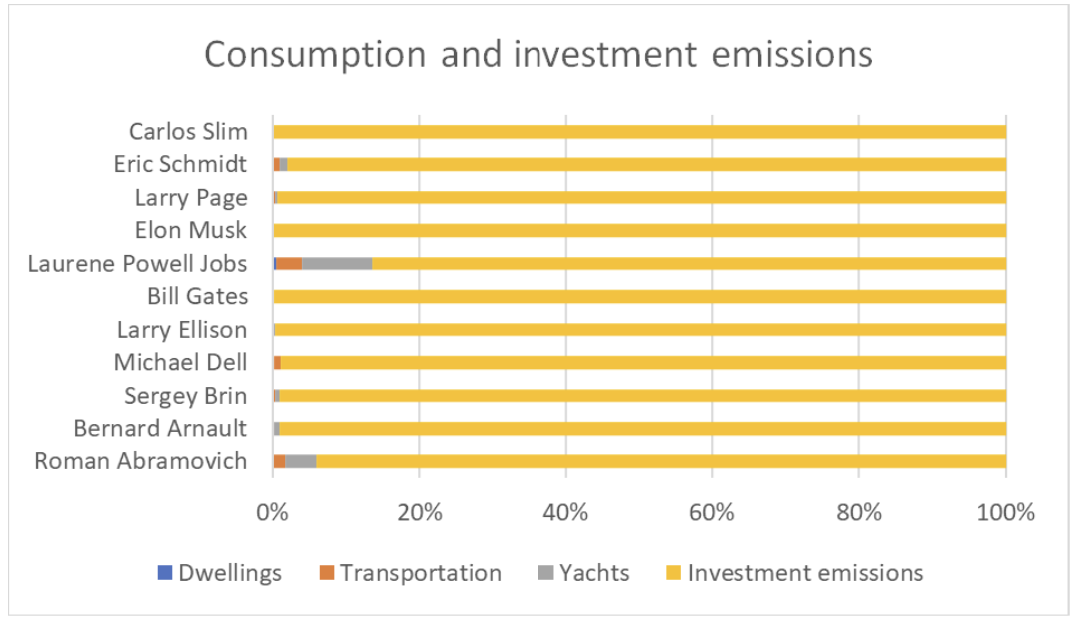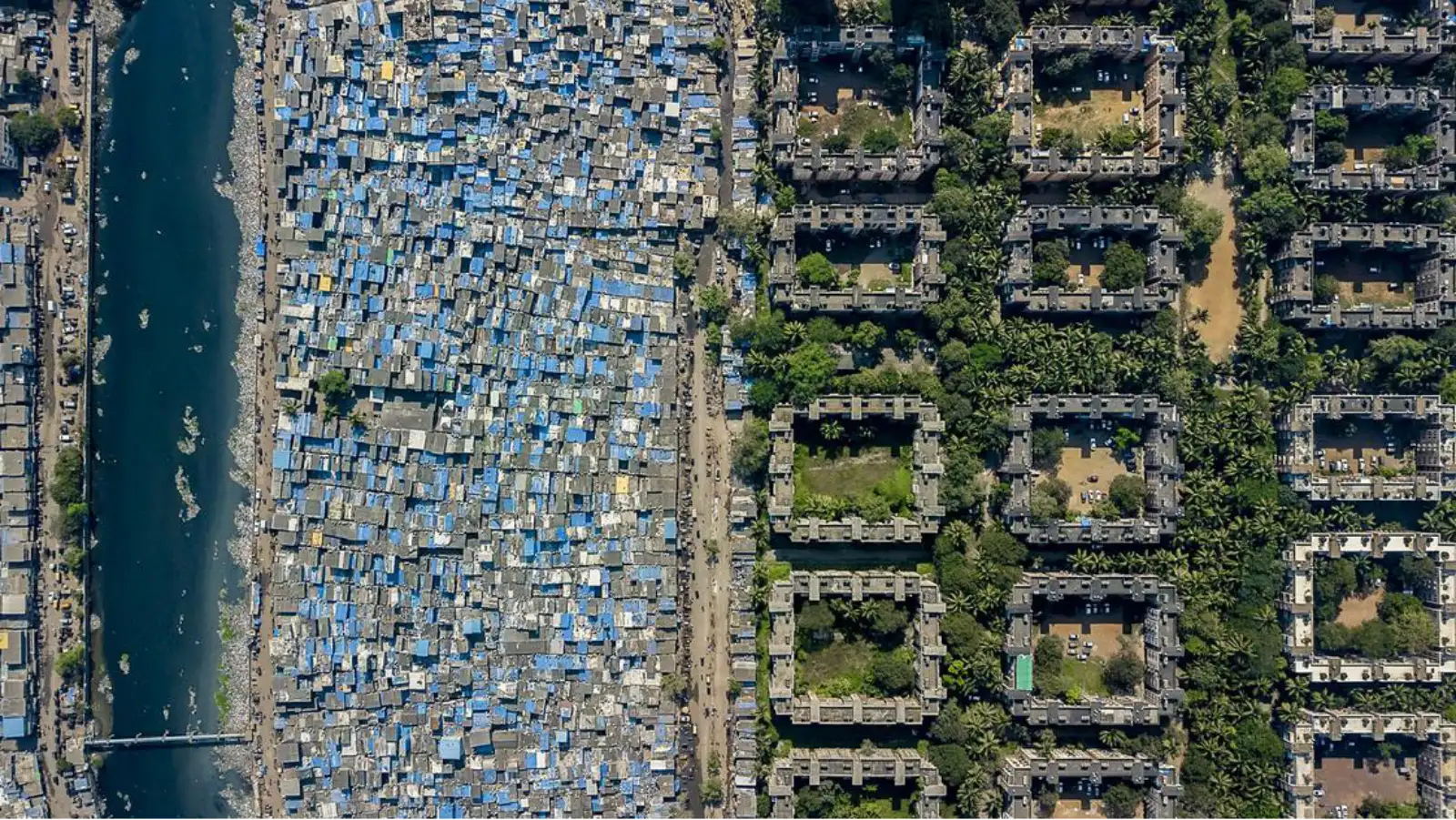Boston, MA…Climate and inequality fuel each other, so as inequality worsens, so does climate change. The world is facing twin crises of inequality and climate change. As the richest people, corporations, and countries emit the most carbon, Oxfam has seen first-hand how they put people living in poverty and experiencing marginalization—who have very small carbon footprints—at risk of deadly climate impacts.
Women and girls, Indigenous communities, and people living in low-income countries do not have the same resources to protect themselves as the super-rich, who are mostly comprised of white men from high-income countries. They instead are left to pick up the pieces after each devastating drought, fire, and flood, widening the economic gap a bit more each time.
Our new report “Climate Equality: A Planet for the 99%” reveals that climate and inequality are interlaced and driving each other. As long as the ultra-rich continue to focus on profit rather than transitioning to a more sustainable world, both inequality and climate change will grow to disastrous levels.
But what exactly are the super-rich doing to drive climate change and inequality? Find out below:
1. In 2019, the super-rich 1% were responsible for more carbon emissions than 66% of humanity (5 billion people)
Part of the problem is the super-rich’s lavish lifestyle, which includes the use of heavy carbon-emitting yachts and private jets. Larry Ellison, one of the richest people in America, has a consumption carbon footprint that’s 539 times greater than that of the average American. Another part of the problem is the ultra-rich’s investments and shareholdings in polluting companies. For the world to prevent the worst impacts of climate change, there needs to be a transition away from fossil fuels. That becomes difficult when 125 of the world’s richest billionaires invest so much money in polluting companies that they are responsible for emitting an average of 3 million carbon tons each a year.

With their heavy influence over the media, politics, and policy makers, the super-rich are able to protect their financial interests by stopping any progress made towards transitioning to renewable energy. This comes at the expense of the safety and security of the lowest emitting people who are experiencing poverty and dealing with the worst of climate change.
2. Emissions of the richest 1% will cause 1.3 million heat-related deaths between 2020 and 2030—roughly the equivalent of the entire population of Dallas
While the ultra-wealthy continue to release high-carbon emissions, their vast resources protect them from climate change, like extreme heat events. Meanwhile, people who do not have the means to protect themselves are left fighting for their lives from a problem they did not cause. Theo Stramann, a rich heir from Germany, said, “The rich always win, that’s the way it is. Because you simply have more options, more power, more possibilities.”
Between 2020 and 2030, the emissions of the world’s richest 1% will cause at least 1.3 million deaths from heat stress. Ten percent of these deaths will be due to emissions from super-rich Americans. If the ultra-wealthy continue to put profits over people, inequality will continue to grow as climate change worsens, and more innocent people will lack the resources they need to gain protection from disastrous climate events.

3. Those with power and resources are reluctant to participate in adaptation efforts unless it suits their interests
More than 91% of deaths caused by climate-related disasters in the last 50 years occurred in low-income countries. The death toll from flooding alone is seven times higher in such countries. This is due in part because people with lower incomes often live in areas like dry riverbeds or poorly protected coastal areas that are prone to flooding, heat stress, and storms. In 2022, West Africa experienced massive flooding that displaced over 1.5 million people and damaged over 300,000 homes.
Rich countries agreed to support lower-income countries with funding for climate action in the 2015 Paris Agreement, but most of that funding has been provided as loans, and so far the lower-income countries need 27 times more funding than they’re receiving. This lack of adequate support contributes to a situation where human mortality from floods, droughts, and storms were 15 times higher in lower-income regions compared to wealthier parts of the world.
4. Since 1990, the richest 1% have used up more than twice as much of the carbon budget as 50% of the world’s lowest-income population
The way the richest people in the world burn through carbon is threatening the survival of millions of people. The international community has determined that the Earth should not be allowed to warm beyond 1.5°C (2.7°F) if we want the planet to remain livable for most of humanity. To prevent catastrophic warming beyond this point, global emissions have to be cut by 48% by 2030. Thanks in large part to the super-rich, we are not on track to reach that goal.
The emissions of half the global population with the lowest-income make up just one-fifth of the carbon budget. Meanwhile, the super-rich are projected to emit more than 23 times the amount of carbon it will take to stay under that 1.5°C in 2030, blowing the budget out of the water.
5. Twenty years of carbon emissions from the richest 1% alone is equivalent to wiping out the 2021 harvests of EU corn, US wheat, Bangladeshi rice, and Chinese soybean
Right now, 783 million people are unsure where their next meal will come from. Across Africa, agricultural productivity has declined by 34% since 1961, in large part due to climate change. Meanwhile, from 2020 to 2021, billionaires in the food and agriculture industry were able to raise their collective wealth by 45%.
Renewable energy can counteract some of the consumption of the ultra-rich, but it’s extremely difficult to keep up. The carbon emissions from billionaires cancel out the benefits of 1 million wind turbines every year. To put that into perspective, it took over 40 years for the U.S. to make almost 80,000 turbines. The only solution is for wasteful consumption, such as private jets, to end.
There’s Still Time to Change
The report lays out clear pathways towards change that will reduce global poverty, and therefore the impacts of climate change.
Governments need to:
- Give everyone living in poverty a minimum daily income while still reducing global emissions by 10% through a global redistribution of incomes.
- End the use of fossil fuels by taxing corporations and billionaires to help pay for the transition to renewable energy.
- Stop using GDP growth as the measure of human progress, but rather prioritize the health and well-being of humanity.
If you would like to take action and demand a reduction in climate change and inequality, join us by signing our petition!


